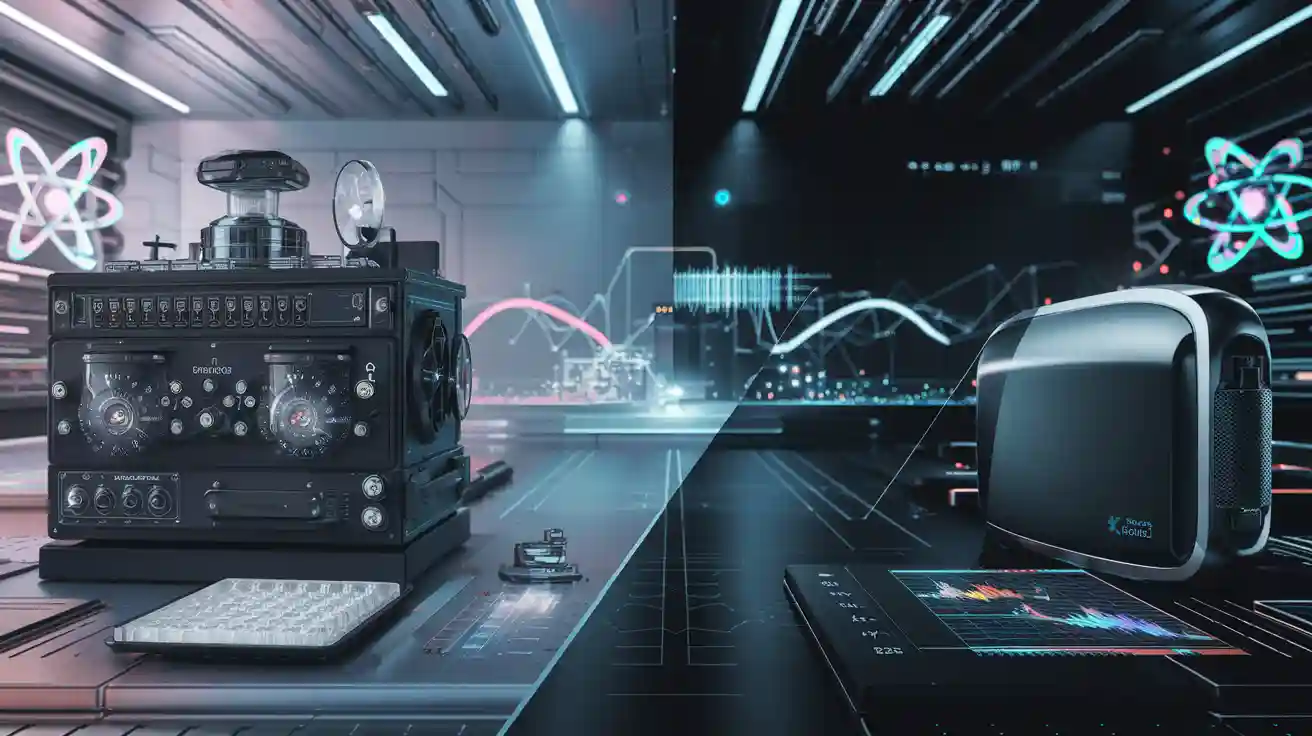
Рентгеновская флуоресценция изменила то, как люди узнают о материалах. Ученые и работники используют его во многих отношениях. А xrf спектрометр Начал с ранних открытий. Сейчас, Есть сильные Портативный устройства. Важные шаги произошли от первых тестов до сегодняшних небольших инструментов. Сейчас, Технология XRF помогает многим областям. Больше людей используют его каждый год.
Сегмент | 2024 Ценность (Миллиард долларов США) | 2035 Проекция (Миллиард долларов США) |
|---|---|---|
Глобальный Портативный XRF | 1.2 | |
Металлический анализ | 0.3 | 0.5 |
Климатические испытания | 0.15 | 0.25 |
Горнодобывающая промышленность | 0.2 | 0.35 |
Культурное наследие | 0.1 | 0.2 |
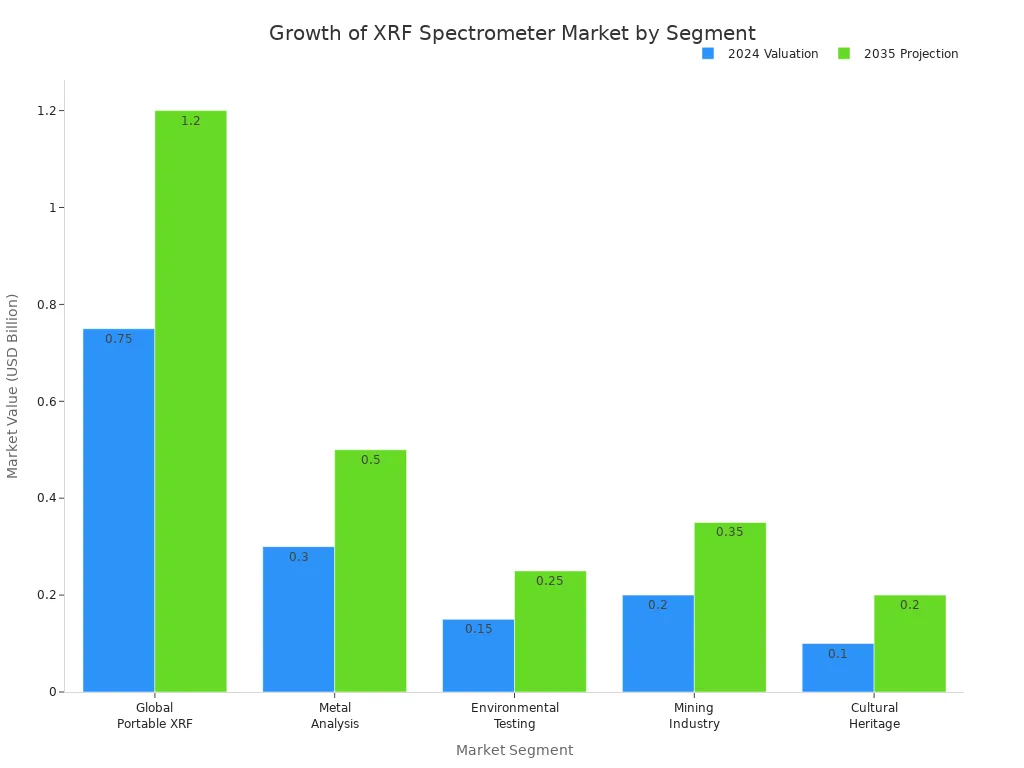
История рентгеновской флуоресценции показывает медленный и устойчивый рост. Каждый новый спектрометр лучше, чем последний. Сегодняшнее Руководитель xrf Инструменты показывают годы тяжелой работы и новых идей.
Ключевые выводы
Спектрометры XRF начались с обнаружения рентгеновских лучей и флуоресценции. Они стали сильными и портативными инструментами, используемыми во всем мире. Новая технология детектора, как детекторы дрейфа кремния, Сделали устройства xrf быстрее и точнее. Эти устройства теперь могут очень быстро найти много элементов. Руковолочные спектрометры XRF Пусть люди тестируют вещи быстро и безопасно. Они используются в добыче, Экологические проверки, искусство, и фабрики. Они не наносят вреда образцам, которые они тестируют. Рынок для портативное xrf -устройствоS очень быстро растет. Это из -за новых технологий и простого использования. Больше отраслей находят способы их использования. В будущем, Инструменты XRF будут меньше и умнее с ИИ. Они будут использовать меньше энергии и помогать в медицине, сельское хозяйство, и удаленный мониторинг.
Происхождение рентгеновской флуоресценции
Открытие Рентгена
В 1895, Вильгельм Рентген нашел что -то новое в науке. Он обнаружил рентген, который может пройти через многие вещи. Рентген доказал это, сфотографировав руку своей жены. Кости и ее кольцо появились на картинке. Он также использовал оловянную процедуру для тестирования рентгеновских снимков. Толстые или тяжелые вещи заблокировали больше рентгеновских снимков. Рентген тоже увидел что -то еще. Некоторые химические вещества, Как барий планоцианид, светится, когда поражает рентгеновские снимки. Это сияние называется флуоресценцией. Он узнал, что рентгеновские снимки могут заставить материалы выделять еще один вид света. Рентген обнаружил, что рентген поступил от катодных лучей, которые попадают в вещи. Эти идеи помогли людям увидеть, что рентген-электромагнитные волны. Макс фон Лей позже доказал, что это было правдой. Работа Рентгена показала, что рентгеновские снимки могли заставить вещи сиять по-своему. Эта идея стала началом рентгеновской флуоресцентной спектрометрии.
Открытие Рентгена начало историю рентгеновской флуоресценции. Его работа показала, что рентгеновские снимки помогают нам видеть внутри вещи, не разрезая их.
Прорыв Мозли
В 1913, Генри Мозли сделал еще одно большое открытие. Он нашел связь между атомным номером элемента и его рентгеновской длиной волны. У каждого элемента есть свой атомный номер. Мозли показал, что это число контролирует энергию своих рентгеновских лучей. Это правило теперь называется законом Мозли. Работа Мозли помогла ученым найти элементы по своим рентгеновским снимкам. Эта идея является ключом к рентгеновской флуоресцентной спектрометрии. Когда рентгеновские снимки что-то поражают, Атомы отправляют свои рентгеновские снимки. Энергия этих рентгеновских лучей соответствует атомному числу. Ученые используют рентгеновскую флуоресцентную спектрометрию, чтобы выяснить, что находится в образце. Таким образом не повредит образцу. Сегодня, Рентгеновская флуоресцентная спектрометрия используется в археологии, геология, и тестирование металла. История рентгеновской флуоресценции показывает, как ранние идеи привели к сильным инструментам для науки и работы.
Раннее развитие спектрометра XRF
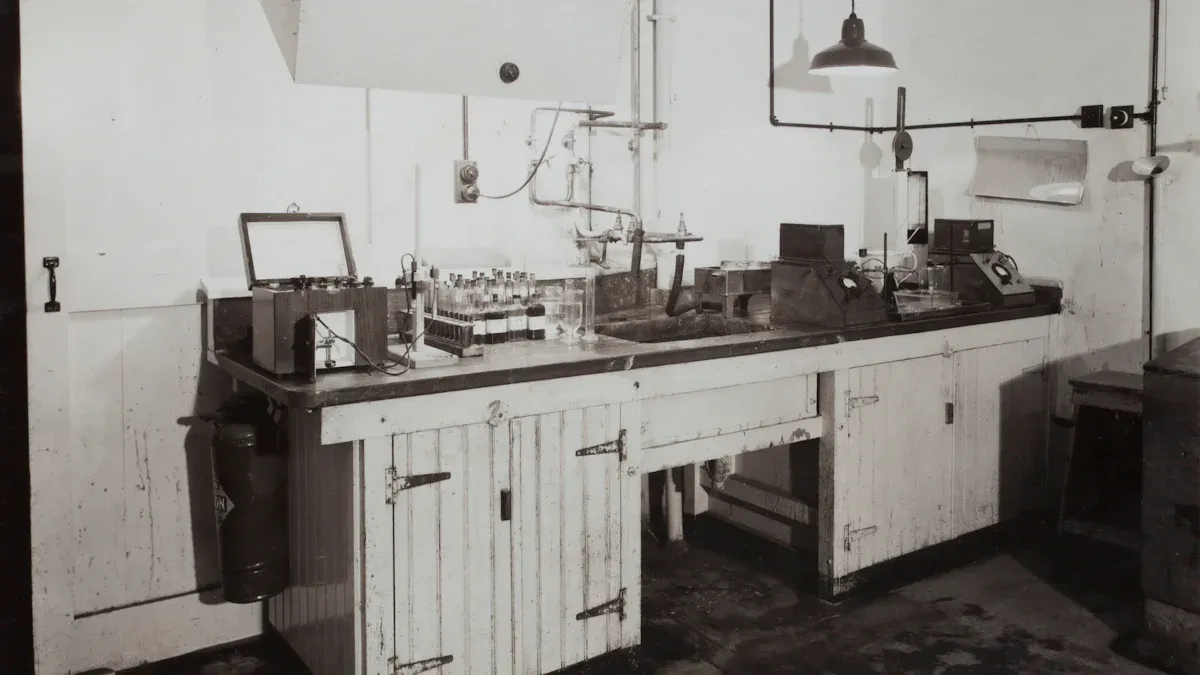
Первые коммерческие инструменты
В 1940S и 1950 -е годы, Рентгеновская флуоресценция сильно изменилась. Ученые начали использовать его вне лабораторий. Они сделали первый XRF -спектрометр для регулярного использования. Бруно Росси и его команда работали над новыми рентгеновскими детекторами. Эти детекторы позволяют людям измерять элементы во многих вещах. Первый коммерческий спектрометр XRF вышел в 1948. Он использовал кристаллы для разделения рентгеновских энергий по длине волны. Простые детекторы показали, какие элементы были там. Эти ранние инструменты XRF облегчают анализ элементарного анализа для всех.
Когда прибыли коммерческие спектрометры XRF, Рентгеновская флуоресценция стала полезной для реальной работы. Ученые и компании могут получить результаты быстро и точно.
1950S расширение
В 1950с, Больше людей начали использовать XRF -спектрометры. Компании и лаборатории использовали их, чтобы проверить, какие элементы были в образцах. Технология стала лучше и легче перемещать. У ранних xrf -спектрометров были некоторые проблемы. Их было трудно настроить, и они могли проверить только мелкие кусочки. Ученые исправили это, используя литиевый боратный слияние при высокой температуре. Это превратило образцы в стеклянные шарики с сильными сигналами. Лаборатории также сделали свои собственные стандарты калибровки из оксидов. Эти изменения сделали XRF -спектрометры более точными и проще в использовании.
Ранние XRF -спектрометры:
Использовал кристаллы для разделения энергии рентгеновских лучей
Были простые детекторы
Помог перейти от идей к реальному тестированию
Сейчас, Спектрометры XRF могут проверить вещи на месте и придать быстрые результаты. Прогресс 1940 -х и 1950 -х годов помог создать сегодняшнюю технологию XRF.
Ключевые прорывы в технологии XRF
Детекторы инновации
Технология детектора помогла рентгеновской флуоресцентной спектрометрии поправиться. Ранние рентгеновские машины использовали заполненные газообразными пропорциональными счетчиками. Эти детекторы могут найти некоторые элементы, но не все. Позже, ученые сделали Твердовые детекторы, такие как диоды штифтов и детекторы дрейфа кремния (SDD). Эти новые детекторы изменили, как работали спектрометры XRF.
Новый Портативный Рентгеноструктурный анализаторРа работать в десять раз лучше, чем старые.
Чувствительность в пять -пятьдесят раз выше для большинства элементов, Итак, инструменты XRF могут найти больше элементов сейчас.
Сплавы легче идентифицировать сплавы, потому что XRF теперь может проверять более легкие элементы, такие как магний, алюминий, кремний, фосфор, и сера.
Лучшие детекторы делают его быстрее и точным, чтобы проверить материалы на фабриках и в полевых условиях.
Сейчас, Тестирование занимает около двух секунд на выборку, Таким образом, люди могут проверять сплавы быстро и без повреждений.
Твердотельные детекторы, Особенно SDDS, иметь гораздо меньше фонового шума, чем старые детекторы. Это помогает при проверке очень тонких покрытий, нравиться золото или никелевые слои. SDDS также позволяет XRF -спектрометрам отделять элементы, которые находятся близко друг к другу в периодической таблице, как хром, никель, медь, и цинк. Это означает, что XRF -спектрометры могут измерять много элементов одновременно и дать лучшие результаты. Более высокая чувствительность и разрешение помогают найти небольшое количество элементов, как фосфор в никелевом покрытии, какие старые детекторы пропустили.
Улучшения детектора сделали рентгеновские флуоресцентные спектрометрии быстрее, более точно, и лучше для хитрых образцов и тонких покрытий.
Новая технология детектора, Как микрокалориметра и датчик края перехода (ТЕС) детекторы, сделал Разрешение энергии намного лучше. Это пошло от 150 электронные вольт (эв) к 3 эв. Это позволяет ученым видеть крошечные различия в рентгеновской энергии, Таким образом, они могут более внимательно изучать элементы и химические связи. Xrf Total Reflection (TXRF) Технология также позволила найти очень крошечные суммы, до 10^-12 граммов. Сейчас, Люди могут проверить загрязнение поверхности на атомном уровне.
Детектор кремния, тщательный литий
А Детектор кремния, тщательный литий, называется Si(Литий) детектор, был большим шагом вперед для рентгеновской флуоресцентной спектрометрии. Ученые начали использовать этот детектор в 1970 -х годах. Вскоре он стал основным инструментом для высокого элементарного анализа.
И(Литий) детекторы имеют РЕЗУЛЬТАЦИЯ РЕЗОЛЮЦИИ Энергетического разрешения в шесть -девять раз лучше, чем пропорциональные счетчики, и до восьмидесяти раз лучше чем старые сцинтилляционные детекторы.
Сигнал от Si(Литий) детектор соответствует энергии рентгеновских лучей, которые он получает, Так что он может очень хорошо отличать рентгеновские энергии..
Каждый рентгеновский фотон делает много носителей заряда в детекторе, что означает менее случайную ошибку и гораздо лучшее разрешение энергии.
Великое разрешение позволяет детектору отделять много сигналов фотонов и удалять разбросанное излучение.
И(Литий) Детекторы используют литий для исправления проблем в кристаллах кремния, так что более толстые детекторы могут быть сделаны, который помогает собирать платы и лучше обнаружить.
Эти детекторы работают лучше всего, когда холодно, Обычно с жидким азотом, Чтобы снизить шум и не дать литий -ионам двигаться.
И(Литий) Детекторы позволили проверить низкоэнергетические рентгеновские лучи и бета-частицы гораздо более точно, чем раньше. Их низкое атомное число сделало их хорошими для поиска низкоэнергетической радиации, где у других детекторов были проблемы. Даже если они должны были быть очень холодными и не были очень большими, Их производительность установила новый стандарт для XRF -спектрометров.
Детектор кремния, тщательный литий, сделал рентгеновский флуоресцентный спектрометрия намного лучше. Это позволило ученым раздавать отдельные близкие спектральные пики и определить небольшие изменения энергии, поэтому анализ материала стал более точным, чем когда -либо.
Сегодня, Новые XRF -спектрометры используют эти достижения. У них есть лучшие детекторы, которые придают быстро, достоверный, и подробные результаты во многих областях, Как экологические тестирование и контроль качества на фабриках.
Портативные и портативные XRF -спектрометры
Изотопные анализаторы
В 1950 -х и 1960 -х годах, Ученые хотели, чтобы XRF -спектрометры были портативными. Они надеялись использовать XRF за пределами лаборатории. Ранние портативные инструменты XRF Используемые источники радиоактивных изотопов. Эти инструменты помогли людям проверить лидерство в краске и другие вещи на месте. Лучшая часть была быстро проверять образцы, не отправляя их.
Но у анализаторов изотопного источника были проблемы. Радиоактивные источники нельзя отключить, Так что они были менее безопасны. Правила безопасности заставляют перемещать эти устройства. Также, Источники изотопов не работали так же хорошо, как рентгеновские трубки для многих элементов.
Инженеры работали, чтобы решить эти проблемы. Они переключились на небольшие рентгеновские трубки. Это сделало спектрометр более безопасным и проще в использовании. Термоэлектрическое охлаждение позволяет детекторам работать при более низких температурах без больших систем охлаждения. Детекторы диодов кремниевого штифта сделали портативные XRF более чувствительными. Обработка цифровых сигналов в реальном времени дала более быстрые и лучшие результаты. В 1994, Niton XL-309 показал, что все эти детали могут поместиться в одном маленьком портативном устройстве.
Переход от анализаторов изотопного источника к портативным устройствам XRF был большим изменением. Сейчас, Люди могли безопасно использовать портативный XRF практически где угодно.
Ключевые прорывы, которые сделали возможным портативное XRF включать:
Небольшие рентгеновские трубки для более безопасного использования
Детекторы диодов кремниевого штифта для лучшей чувствительности
Обработка цифровых сигналов в реальном времени для быстрых результатов
Небольшой дизайн для легкого переноса
Простые элементы управления для простого использования
Эти изменения позволяют портативному XRF работать как лабораторные системы. Меньший размер и более низкая стоимость, сделанные XRF доступны для большего количества людей и отраслей промышленности.
Полевые приложения
Руководитель XRF изменил то, как люди работают на многих работах. Эти инструменты есть быстро и легко носить. Пользователи получают результаты в секундах и не повреждают выборку.
Основное использование XRF в поле являются:
Добыча: Проверка минералов и оценка руды на месте
Экологическое тестирование: Тестирование почвы, Вода, и воздух для загрязнения
Искусство и археометрия: Изучение артефактов без вреда
Анализ металла и сплава: Проверка материалов на фабриках и утилизации
Фармацевтические препараты: Проверка сырья на качество
Сельское хозяйство: Тестирование почвы на питательные вещества
Безопасность пищи: Поиск плохих вещей в еде
Судебный анализ: Тестирование образцов места преступления
Академические исследования: Изучение пород и материалов
Руководитель xrf очень важен в добыче. Геологи используют его для проверки образцов перед отправкой в лаборатории. Это делает разведку быстрее и помогает компаниям решать, что делать. В экологических испытаниях, Агентства используют портативный XRF, чтобы найти тяжелые металлы в почве и воде. Это помогает им следовать строгим правилам.
Руководитель xrf также используется на фабриках. Инженеры проверяют материалы и покрытия, чтобы убедиться, что продукты безопасны и хорошего качества. В искусстве и археологии, Эксперты используют портативные XRF для изучения объектов без повреждений.
Рынок портативных и портативных спектрометров XRF быстро растет. В таблице ниже показаны некоторые тенденции:
Показатель | Значение/описание |
|---|---|
Размер рынка (2023) | |
Прогнозируемый размер рынка (2032) | О долларах США 1.3 миллиард |
Составной годовой темп роста | 5.5% CAGR от 2025 к 2032 |
Ключевые драйверы роста | – Нужна для быстрого, Безопасное тестирование в добыче, среда, Заводов |
– Больше промышленности в Азиатско -Тихоокеанском регионе | |
Региональные лидеры рынка | Северная Америка и Европа (Высокое использование и новые технологии) |
Самый быстрорастущий регион | Азиатско -Тихоокеанский регион (Больше заводов в Китае, Индия) |
Секторы приложений | Добыча, среда, Заводов |
Сейчас, Многие отрасли используют портативные XRF. Около 58% полевых проверок Используйте портативный XRF для быстрых результатов. Металлические переработчики, инженеры, и все агентства используют портативные XRF для быстрого, Правильное тестирование. Новые модели с лучшей чувствительностью и программным обеспечением сделали портативный XRF еще более популярным.
Устройства xrf -устройства быстрее провели тестирование, безопаснее, и легче. Их использование продолжает расти по мере того, как технологии становятся лучше, и появляется новое использование.
Современная рентгеновская флуоресцентная спектрометрия
Текущие возможности
Сегодня, Рентгеновская флуоресцентная спектрометрия является главным инструментом для проверки материалов. Современные инструменты XRF, даже портативные, дать быстрые и точные результаты. Эти устройства могут найти очень небольшое количество элементов всего за несколько секунд. Они могут проверить обе световые элементы, такие как натрий, и тяжелые, такие как уран. Силиконовые детекторы дрейфа (SDD) сделать XRF более чувствительным и точным. Вот почему многие отрасли используют XRF для проверки элементов.
Аспект возможностей | Описание | Детали/диапазон |
|---|---|---|
Чувствительность & Точность | SDD помогает xrf найти крошечные суммы | Находит следы следов на низких уровнях |
Скорость | Проверяет образцы очень быстро | Результаты входят в секунды |
Элементный диапазон обнаружения | Можно проверить с натрия до урана | К этому u |
Метод измерения | Использует энергодисперсий xrf с SDD | Не наносит вреда образцу |
Программное обеспечение | Простой в использовании и умный | Быстро находит и измеряет элементы |
Приложение | Работает во многих работах | Среда, качество, RoHS |
Портативные инструменты XRF теперь могут проверить 22 элементы примерно за две секунды. Эти инструменты помогают людям сделать быстрый выбор в добыче, Экологическая работа, и качественные проверки. Программное обеспечение проще в использовании и помогает пользователям найти элементы и быстро сохранять результаты. Многие устройства XRF жесткие, Таким образом, они хорошо работают в грубых местах, таких как шахты и фабрики.
Современная рентгеновская флуоресцентная спектрометрия быстро, чувствительный, и может проверить много элементов одновременно.
Будущие тенденции
Будущее для рентгеновской флуоресцентной спектрометрии выглядит очень хорошо. Создатели продолжают делать детекторы и сокращать размер устройств. Некоторые новые портативные модели XRF используют Графеновые окна. Это помогает им найти световые элементы, такие как магний и натрий еще лучше. Некоторые устройства теперь могут справиться с 500,000 считается каждую секунду, Итак, тесты еще быстрее.
Искусственный интеллект и машинное обучение меняют то, как люди используют данные XRF. Эти инструменты помогают угадать результаты, Сделать тесты сами по себе, и нижние ошибки. Новое программное обеспечение позволяет людям использовать XRF издалека и смотреть результаты вживую с Wi -Fi. Роботы теперь могут использовать XRF для безстановок на фабриках.
Люди также больше заботятся о планете. Компании делают рентгеновские инструменты, которые используют меньше энергии и более безопасных материалов. Рынок рентгеновской флуоресценции растет, Особенно в Азиатско-Тихоокеанском и Северной Америке. Новое использование приходит в лекарства и безопасность пищевых продуктов, показывая, насколько полезна эта технология.
Основные тенденции на будущее:
ИИ и машинное обучение для более умного использования данных
Меньший размер и беспроводные функции
Проекты, которые экономит энергию и помогают планете
Больше использования в медицине и сельском хозяйстве
Рентгеновская флуоресцентная спектрометрия будет продолжаться, Быстрее, и зеленее для проверки элементов.
История XRF -спектрометры показывает большие изменения со временем. Сначала, Люди использовали их только в лабораториях. Сейчас, есть Маленькие и портативные инструменты XRF. Каждая новая версия сделала вещи лучше для пользователей. Сегодня, Технология XRF позволяет людям Тестировать вещи быстро без повреждений. Это работает в добыча, Заводов, и проверять окружающую среду. Маленькие XRF -спектрометры помогают людям быстро проверить образцы и сэкономить деньги. Они более точны и могут использоваться в большей степени. Это помогает ученым и работникам решать больше проблем, чем раньше. Эксперты считают, что рентгеновская флуоресценция будет становиться лучше. Новое программное обеспечение и детекторы сделают XRF еще более полезным.
Вопросы и ответы
Что делает xrf -спектрометр?
Спектрометр XRF проверяет, какие элементы в образце. Он использует рентгеновские снимки, чтобы сделать атомы в образце, испускают свои рентгеновские снимки. Машина затем читает эти сигналы, чтобы выяснить, какие элементы присутствуют.
Могут ли XRF -спектрометры тестировать жидкости и твердые вещества?
Да, Спектрометры XRF могут проверять как жидкости, так и твердых веществ. Они работают лучше всего с квартирой, гладкие образцы. Некоторые модели также могут проверять порошки или тонкие пленки.
Безопасно ли xrf тестирование для пользователей?
Спектрометры XRF используют низкие уровни рентгеновских лучей. У большинства портативных устройств есть защитные щиты и предупреждающие огни. Пользователи должны следовать правилам безопасности и при необходимости носить защитное снаряжение.
Как быстро может дать результаты спектрометр XRF?
Большинство современных XRF -спектрометров дают результаты в секундах. Руковочные модели часто показывают основные элементы за два -пять секунд. Эта скорость помогает работникам принимать быстрые решения в полевых условиях.
Какие отрасли используют xrf -спектрометры?
Многие отрасли используют XRF -спектрометры. Добыча, рециркуляция, Экологическое тестирование, и сохранение искусства полагается на этот инструмент. Фабрики также используют XRF для проверки материалов и обеспечения качества.
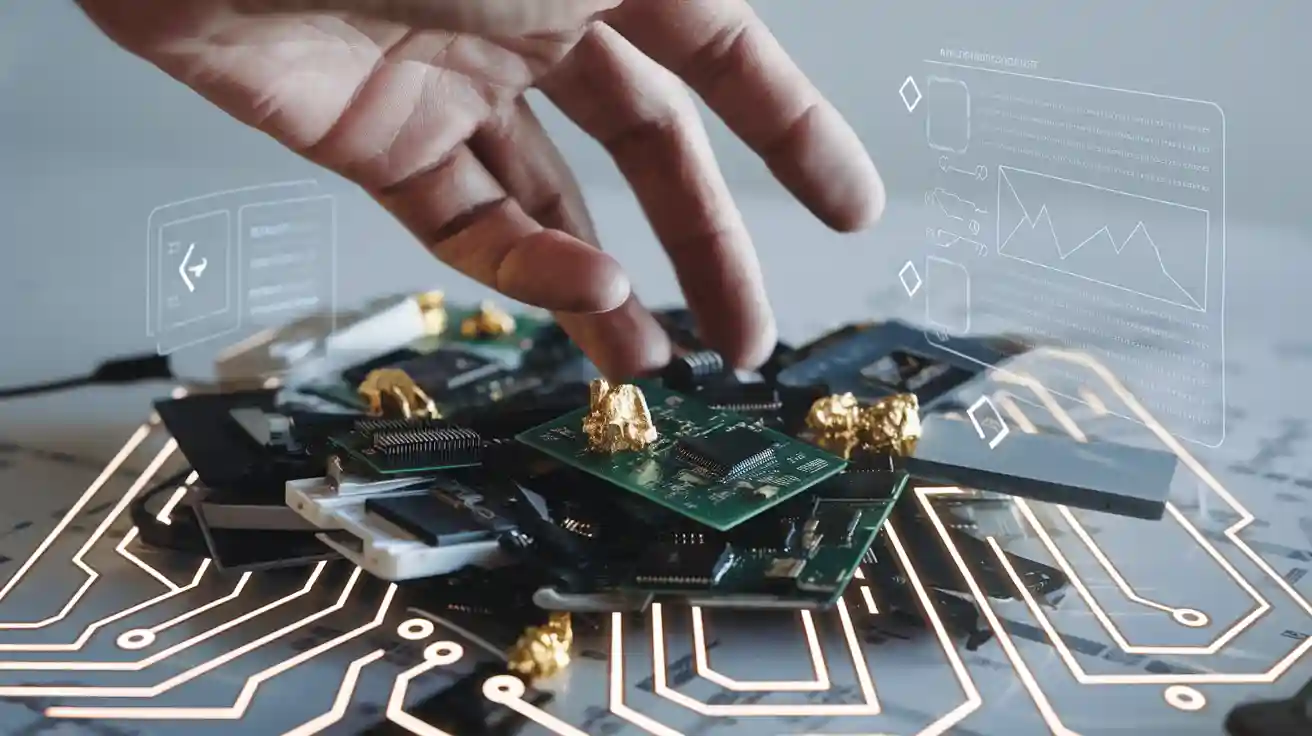
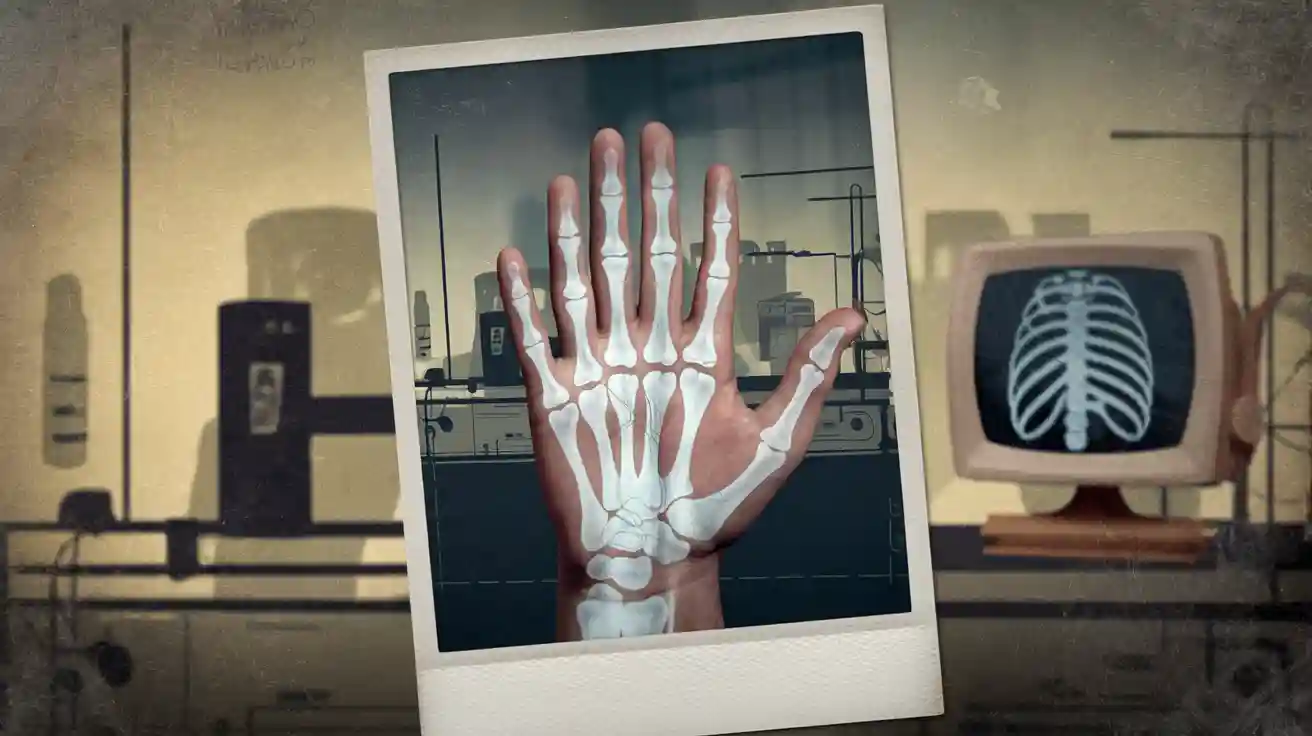
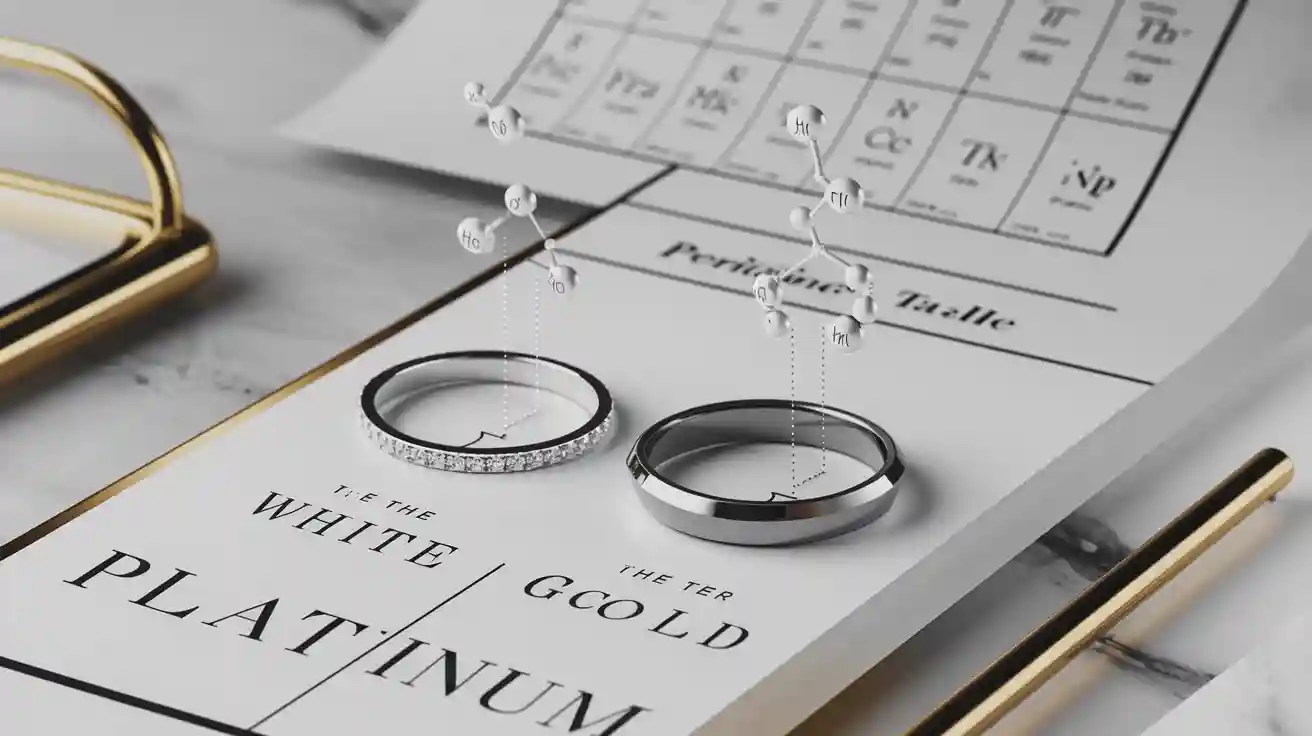
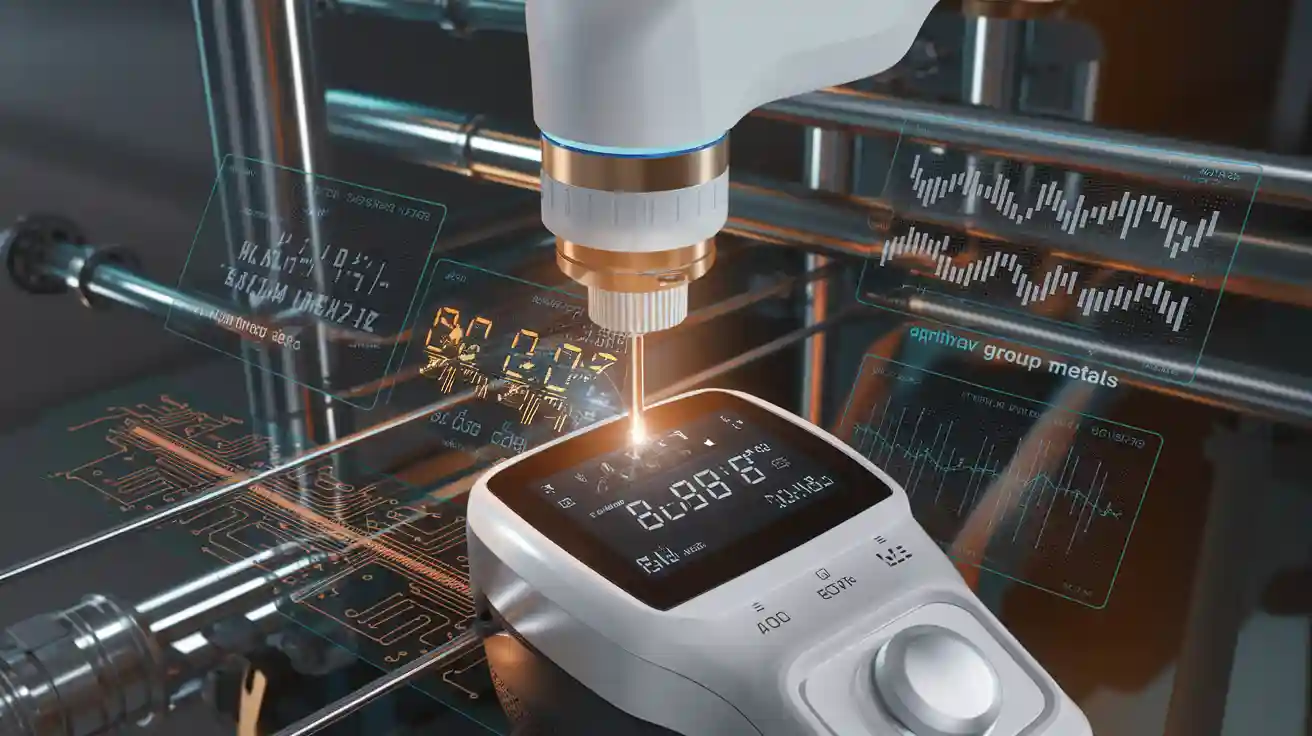
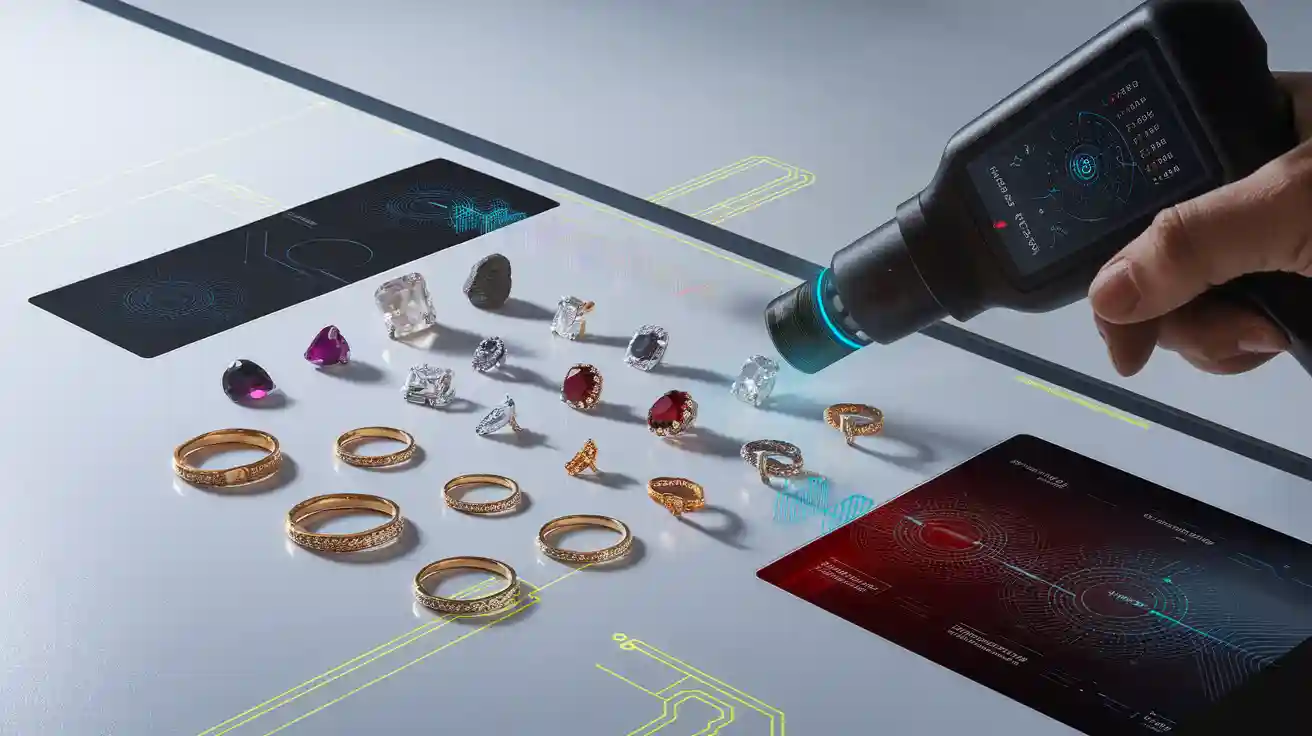

WhatsApp
Отсканируйте QR-код, чтобы начать чат с нами в WhatsApp.